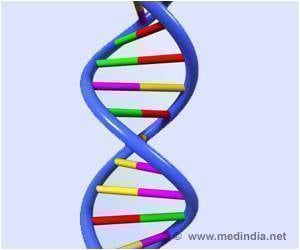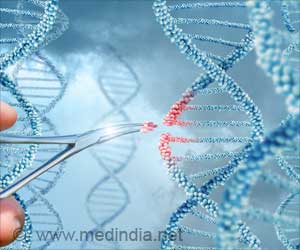Researchers from University of Southern California (USC) have derived the authentic embryonic stem (ES) cells from rats, for the first time in history.
In a major breakthrough, American scientists have, for the first time in history, derived authentic embryonic stem (ES) cells from rats.
The finding done by researchers at the University of Southern California (USC) will enable scientists to create far more effective animal models for the study of a range of human diseases.The research will be published in the Dec. 26 issue of the journal Cell.
"This is a major development in stem cell research because we know that rats are much more closely related to humans than mice in many aspects of biology.
The research direction of many labs around the world will change because of the availability of rat ES cells," says Qi-Long Ying, Ph.D., assistant professor of Cell and Neurobiology at the Keck School of Medicine of USC, researcher at the Eli and Edythe Broad Center for Regenerative Medicine and Stem Cell Research at USC, and the study's principal investigator.
The finding brings scientists much closer to creating "knockout" rats-animals that are genetically modified to lack one or more genes-for biomedical research.
By observing what happens to animals when specific genes are removed, researchers can identify the function of the gene and whether it is linked to a specific disease.
Advertisement
"The availability of rat ES cells will greatly facilitate the creation of rat models for the study of different human diseases, such as cancer, diabetes, high blood pressure, addiction and autoimmune diseases," the expert added.
Advertisement
Embryonic stem cells are derived from a group of cells called the inner cell mass in a very early stage embryo. ES cells provide researchers with a valuable tool to address fundamental biological questions, because they enable scientists to study how genes function, and to develop animals with conditions that mimic important human diseases.
Source-ANI
PRI/SK











